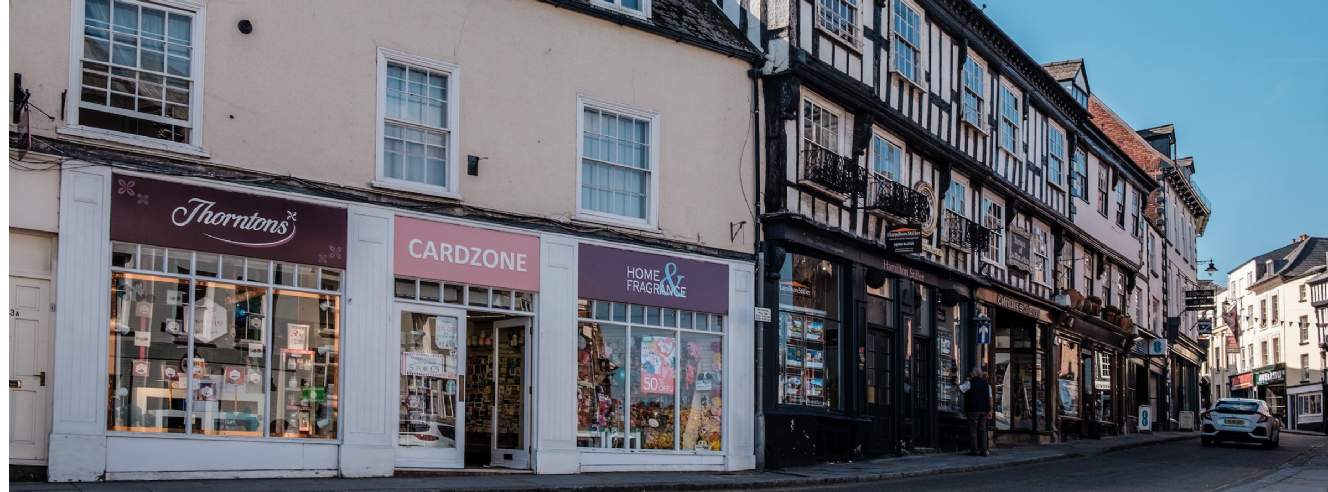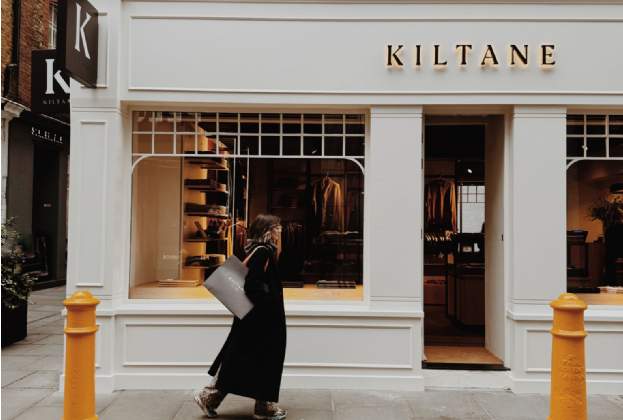Listening to the news at the moment, there is no mistaking that we are heading into a particularly difficult time, with inflation hitting a 40-year high in May of 9.1 per cent and forecast to rise further this autumn.
While we continue to hear of the direct impact that this is having on consumers, we are hearing less about the effect on retailers. The sector has certainly had to weather a number of storms already over the past two years, and although there are inevitably more challenges to come, there are signs that the industry is robust enough to tackle these new headwinds.
Firstly, let’s take a look at the challenges. Unsurprisingly record fuel prices are causing implications for transportation costs. Online retail already operates at a far tighter margin than physical retail due to the cost of deliveries and returns and we have seen the likes of Boohoo recently announce plans to start charging customers £1.99 per return, blaming the move on the rising cost of shipping.
We have also seen a rise in the cost of commodities. The price of cotton has hit record levels while the terrible events in Ukraine have impacted the exportation of grain – all of which causes a further squeeze on the margins of retailers.
There are also rising costs when it comes to construction and energy, which inevitably creates cost challenges when fitting out and running stores.
With that in mind, you could be forgiven for thinking that this could be the nail in the coffin for many occupiers after the couple of years that the sector has faced, however, what we are seeing is that retail is in a far better place than it was during the GFC and indeed other downturns.
The fallout from the pandemic has actually shown that the sector is now more robust. Covid-19 meant that we saw many struggling retailers fall away, restructure or undergo a CVA process, disposing of loss-making stores and futureproofing their operations. Those that have come through the pandemic are stronger with better managed store portfolios.
Additionally, rents have rebased and an increase in shorter-term or turnover leases has reduced the risks for many retailers. We have seen a shift to monthly rent payments, as opposed to quarterly, and with the hopeful reassessment of business rates due to come next year, many retail locations have started to become more affordable for occupiers.
While the cost of living crisis will see a reduction in discretionary spend for consumers, ultimately retail will always be required. It may be another headwind that the sector has to face but the past two years have left the market more resilient, more robust and ultimately in a better place to tackle the next challenge.

.jpg)







.jpg)
